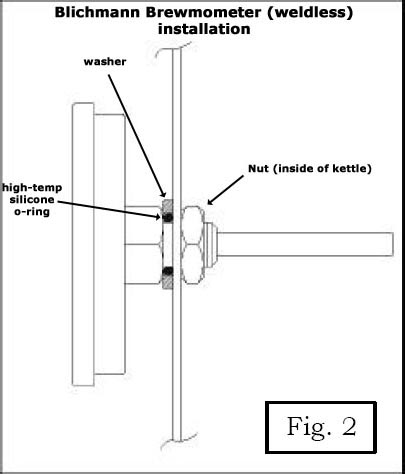Hi, first-time poster. Please forgive me if this topic has been covered exhaustively elsewhere, but I couldn't find a thread that specifically covered it.
Does anyone have any recommendations for a top-of-the-line brew kettle? I'm looking at Blichmann, but I want to know if there are any alternatives, and how those would stack up against Blichmann products in terms of price, quality and ease of use.
Any information would be helpful and greatly appreciated.
Thanks!
Does anyone have any recommendations for a top-of-the-line brew kettle? I'm looking at Blichmann, but I want to know if there are any alternatives, and how those would stack up against Blichmann products in terms of price, quality and ease of use.
Any information would be helpful and greatly appreciated.
Thanks!





